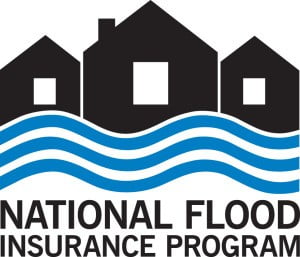We are half way through the season and the traffic is an unkind reminder. Saturdays have been a bear for sure. The weather has been quite pleasant for the most part. With the exception of good old Arthur swinging through over the 4th! The beaches north of Oregon Inlet were spared from any major damage. Not even an evacuation! That was odd for sure.
There are a few noteworthy topics this month.
Mid-Currituck Bridge – After months and months of silence on this topic there’s been a few rumblings. Not good news at all, even though two local Reps are staying positive, it’s an unlikely project to be revived any time soon.
You be the judge – Article 1 and Article 2:
Insurance for NC – Unless you act today, thousands of NC property owners could continue to face sharp increases in their insurance rates, as much as 35% for barrier islands and 25% statewide. The North Carolina General Assembly is considering a bill right now that would protect them. It would create transparency, accuracy, and fairness in the insurance rate-setting process. The House passed the bill unanimously, and now it’s time for the Senate to take action. Please contact NC State Senator immediately and request a vote on HB 519, Property Insurance Rate-Making Reform.
Click here for more info.
Market Update – Not much has changed since last month. Activity is strong, while prices continue to be affected by the large inventory numbers. Average days on the market is still over 200 days for most areas. The month’s supply of inventory for most locations is at least 12 months with Duck showing 18 and Corolla at a whopping 30 months. What does this mean? It means we are still recovering. This is not a short term process.
I’m putting together a special email with a full Fall Forecast for the Outer Banks Market. If you want to receive the Fall Forecast, email me at [email protected] with the words “Fall Forecast”.





